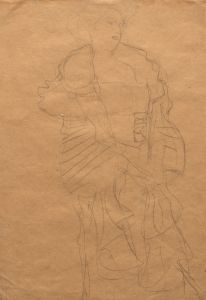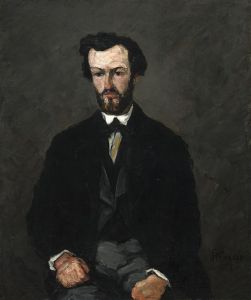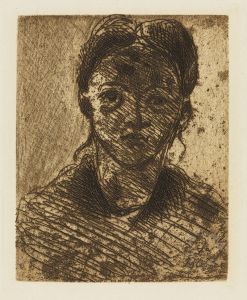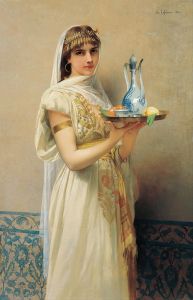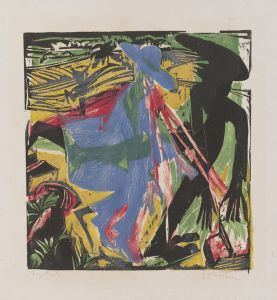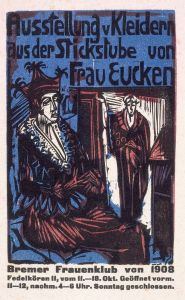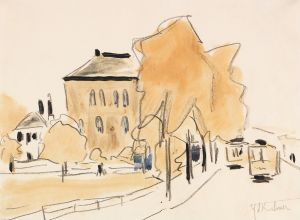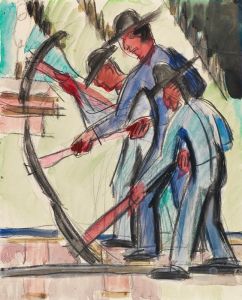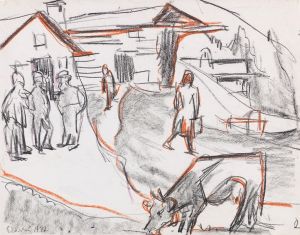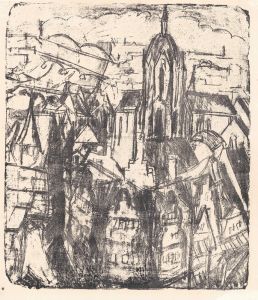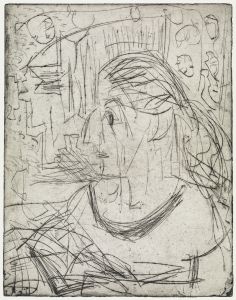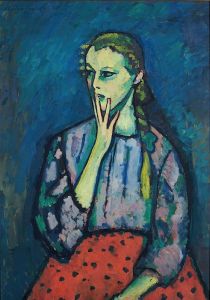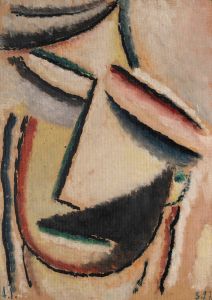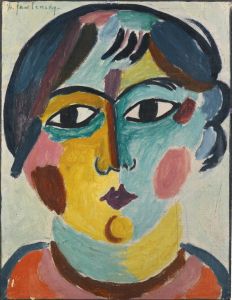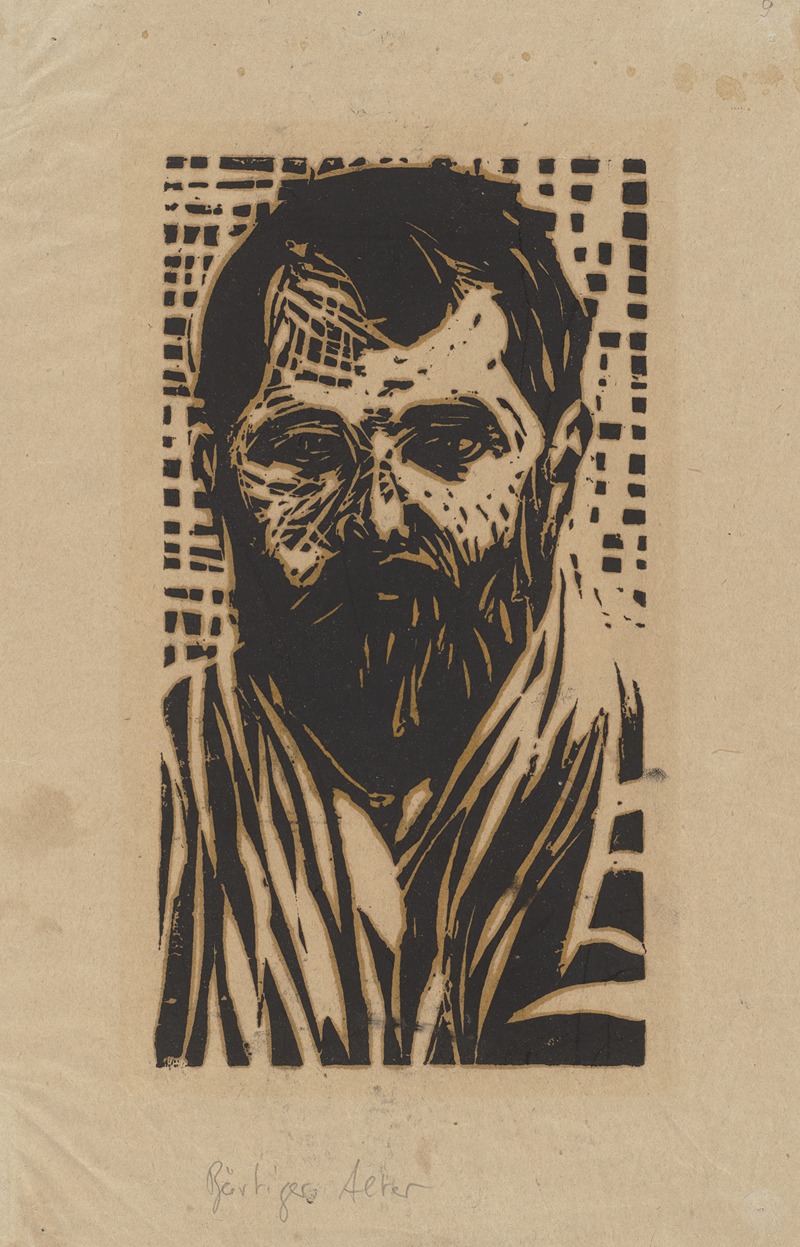
Bärtiger Alter
A hand-painted replica of Ernst Ludwig Kirchner’s masterpiece Bärtiger Alter, meticulously crafted by professional artists to capture the true essence of the original. Each piece is created with museum-quality canvas and rare mineral pigments, carefully painted by experienced artists with delicate brushstrokes and rich, layered colors to perfectly recreate the texture of the original artwork. Unlike machine-printed reproductions, this hand-painted version brings the painting to life, infused with the artist’s emotions and skill in every stroke. Whether for personal collection or home decoration, it instantly elevates the artistic atmosphere of any space.
Ernst Ludwig Kirchner was a prominent German expressionist painter and one of the founding members of the artist group Die Brücke (The Bridge), which played a pivotal role in the development of modern art in the early 20th century. Kirchner's work is characterized by its bold use of color, dynamic compositions, and a focus on the human figure, often exploring themes of modernity and urban life.
"Bärtiger Alter" (Bearded Old Man) is one of Kirchner's notable works, although specific details about this painting, such as its creation date or its current location, are not widely documented. Kirchner's oeuvre often reflects his interest in portraying psychological depth and emotional intensity, which can also be seen in his depictions of figures, whether they are self-portraits, portraits of friends, or imagined characters.
Kirchner's style was heavily influenced by various sources, including African and Oceanic art, which he encountered through ethnographic museums and collections. This influence is evident in his use of simplified forms and expressive lines. Additionally, the vibrant and sometimes jarring color palette that Kirchner employed was inspired by the Fauvist movement and artists like Henri Matisse, whose work he admired.
The period during which Kirchner was active was marked by significant social and political changes, including the rapid modernization of cities and the upheaval of World War I. These elements often found their way into his work, as he sought to capture the anxiety and alienation of modern life. His paintings frequently depict urban scenes, cabaret dancers, and street life, reflecting the bustling energy and sometimes the darker undercurrents of early 20th-century Berlin.
Kirchner's career was profoundly affected by the outbreak of World War I. He volunteered for military service but was discharged due to a nervous breakdown. This experience, along with the subsequent political and social turmoil in Germany, had a lasting impact on his mental health and artistic output. In the 1930s, Kirchner's work was labeled as "degenerate" by the Nazi regime, and many of his pieces were removed from German museums.
Despite these challenges, Kirchner continued to produce art until his death in 1938. His legacy is significant, as he is considered one of the leading figures of German Expressionism. His work has been exhibited in major museums worldwide, and he remains an influential figure in the history of modern art.
While specific information about "Bärtiger Alter" is limited, it can be appreciated within the broader context of Kirchner's artistic achievements and his contribution to the expressionist movement. His ability to convey emotion and explore the complexities of human experience through his art continues to resonate with audiences today.





